The Mediterranean tile pattern designs we are familiar with today came from the countries that obviously surrounded the Mediterranean Sea. The Byzantine Empire or the Eastern Roman Empire fell at the hands of the Ottomans in 1453. The empire expanded from present-day Turkiye (Turkey) and extended to parts of Syria, Israel, Iraq and Tunisia along with some more areas. Needless to say, the Mediterranean culture and art had a profound influence on the architectural and artistic work done even in the surrounding countries. One of the most prominent artistic products from this Middle Eastern-North African region was made of ceramic. Although each province gave these tiles different names and each had its own unique pattern, we generally tend to call them “Mediterranean Tiles.” These intricate mosaic patterns are great for tile design inspiration in Interior Design for small spaces.
Mediterranean Tile Pattern Designs
Persian Haft Rang (Iranian) Tiles
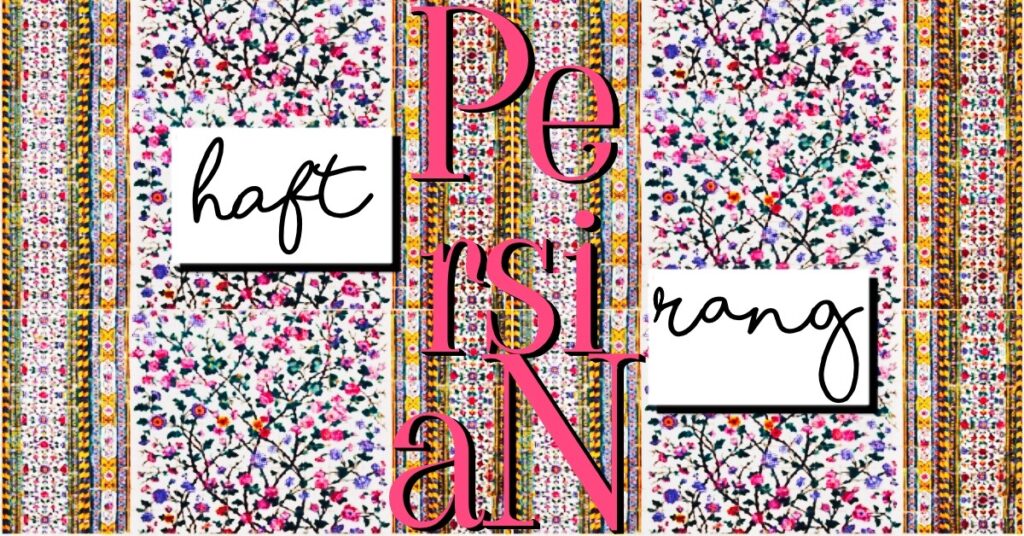
Persian Haft Rang Tiles – The Haft Rang tiles are probably where the ornamental Middle Eastern tiles get their inspiration. The tile-making tradition in the Persian Empire may have started around the 13th century BC. But the Haft Rang tiles familiar to us today came to prominence in the 15th century. Nevertheless, their long-standing tradition of making decorative tiles for centuries, in a way, makes them the leaders of tile-making in the Mediterranean.
Haft Rang, literally means “seven colours” as they are made with a palette of 7 colours that are separated with magnesium. The tiles made in the Shiraz region were produced to perfection with the appealing use of pink. The Pink Mosque in Shiraz, Iran is adorned with these beautiful tiles.
Turkish Inzik Tiles
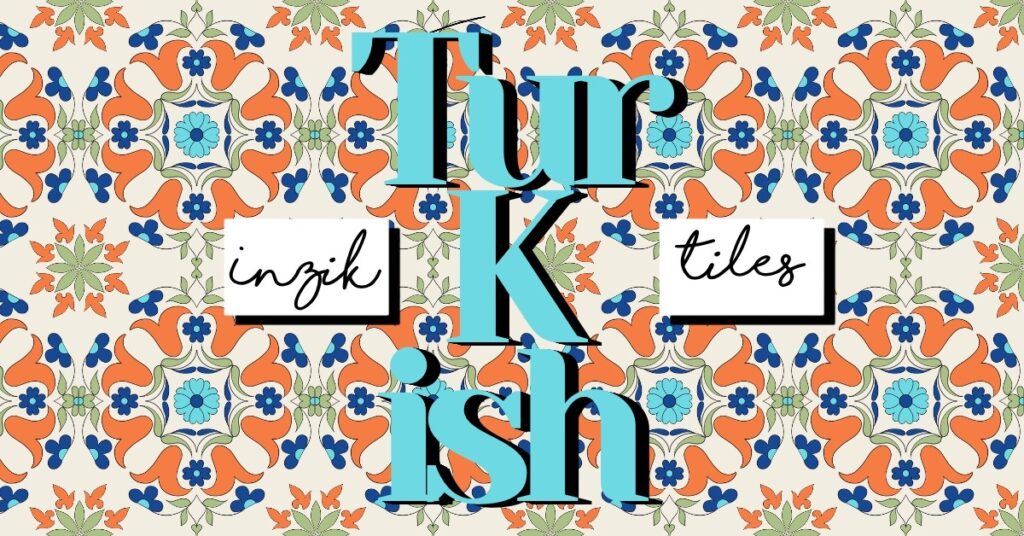
Iznik Tiles were produced between the 15th and 17th centuries. They are ideally made up of a pattern that uses a set of 5 tiles. The designs were a mixture of geometric patterns and motifs inspired by blue and white porcelain patterns found in Chinese pottery. Turquoise, blue and orangy-red are the colours you will likely see on Iznik Tiles with interwoven Lotus flowers and Saz leaves.
Syrian Arabesque Tiles
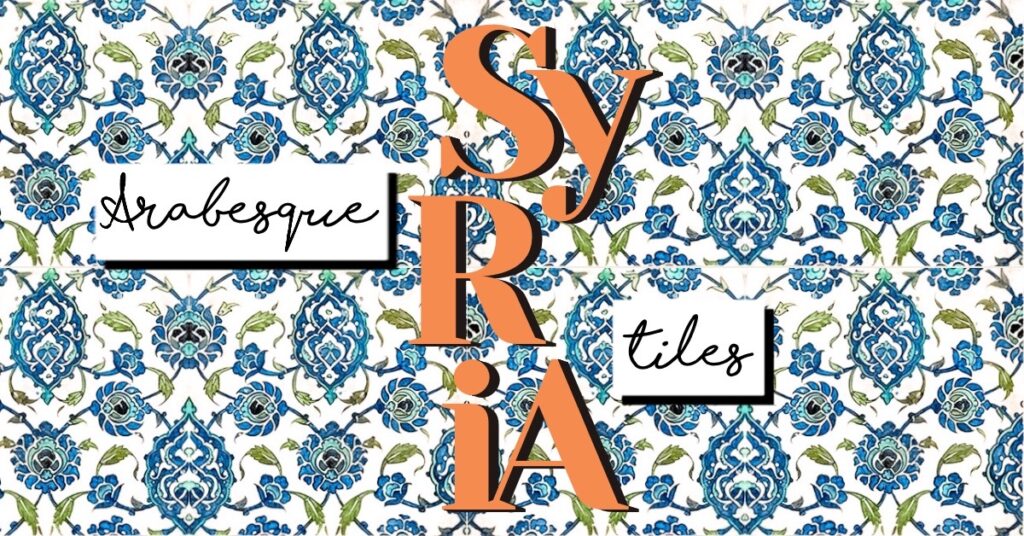
Arabesque Tiles are distinctive for their floral pattern work. These tiles were found in architecture in Syria as early as the 8th century BC in the Great Mosque of Damascus. Geometric half-palmate leaves, sinewy branches and flowers are seamlessly repeated to form beautiful patterns.
Later on, countries like Spain and France adopted the use of these Arabesque tiles in a lot of their prominent architecture. Since the tile designs come from Arabic culture, they are known as “Arabesque” tiles.
Moroccan Girih Tiles
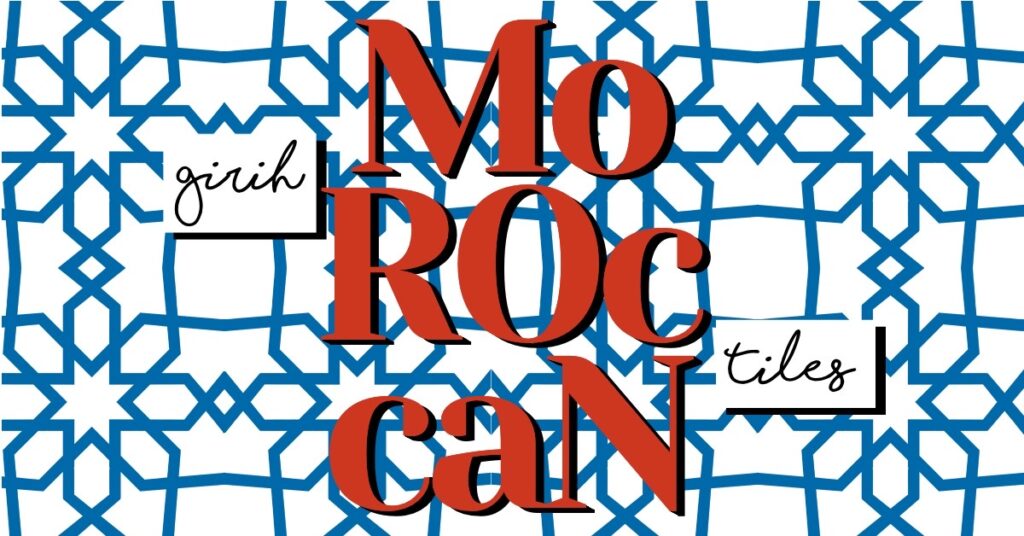
Zellige or Girih is where maths and geometry meet art to make beauty! The eight-headed start in the middle and strictly organised chaos all around is what makes them recognisable. Also, a perfect addition to some of the most prominent mosques all around the world. The Shah Mosque in Iran is where you will see these tiles adorn the magnificent archways. This was one of the quintessential Mediterranean tile pattern designs.
Tunisian Qallain Tiles
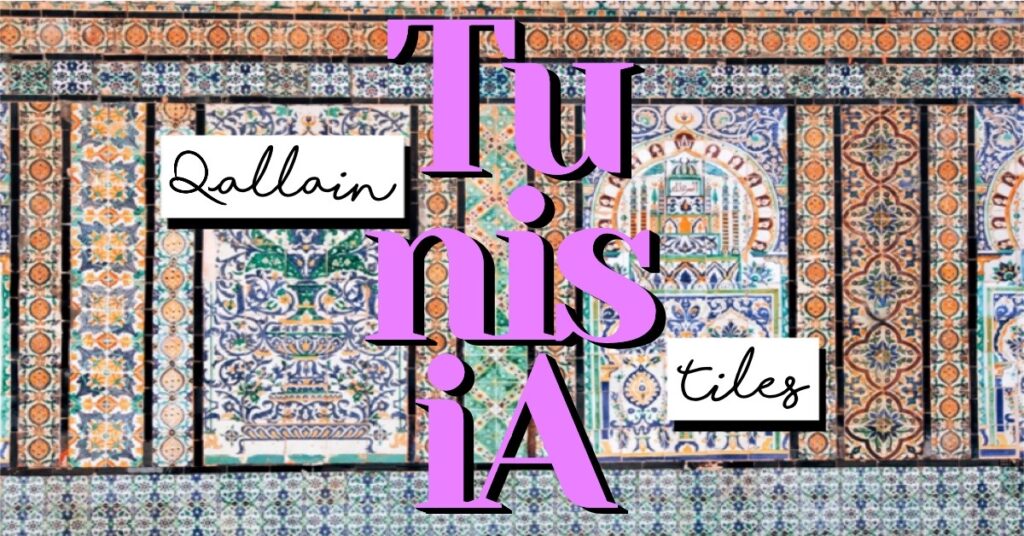
Qallain or Qallaline Tiles were made in the Qallain district of Tunisia during the 16th century. However, they became popular during Ottoman rule. Colours like ochre yellow, blue and green were used to depict illustrations of large vases with overflowing vines and flowers contained within a decorative archway. A modern archway space would perfectly fit a classic Qallain Tile design. The walls of the Barber Mosque in Tunisia are full of these tiles and it is a UNESCO heritage site.
Southern Europen Majolica Mediterranean Tiles
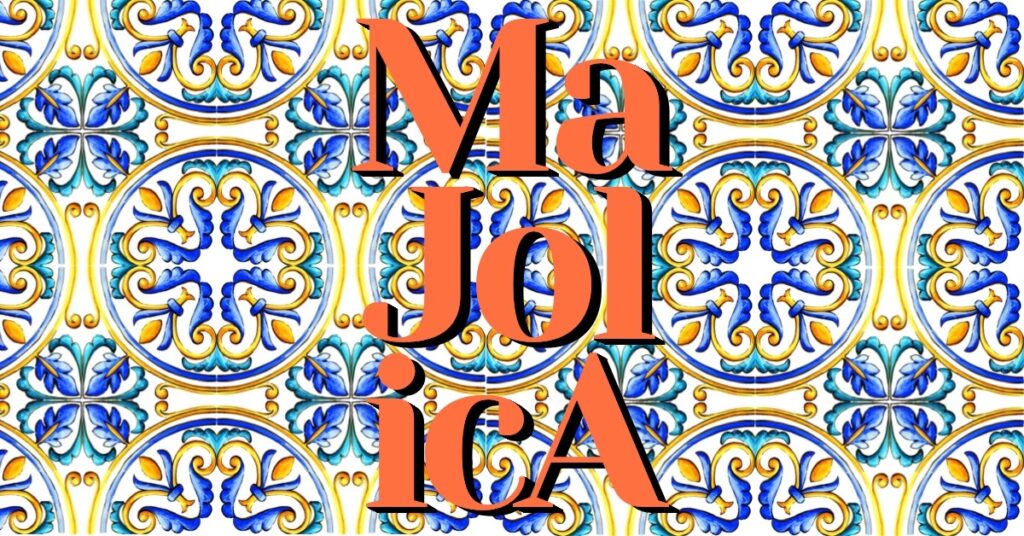
Majolica Tiles were made in the Moorish region of the Iberian peninsula, which is essentially modern-day Spain and Portugal. The tiles were then shipped off to Italy where they gained popularity and travelled to Victorian England. Finally, they were exported to Japan and called the “Majolica” tile. This was a nod to its origins in the Spanish region of Majorca. The tiles were made of terracotta clay and needed a thick layer of glaze to hide the clay. This is what gives the botanical motifs a distinct, embossed tile look.

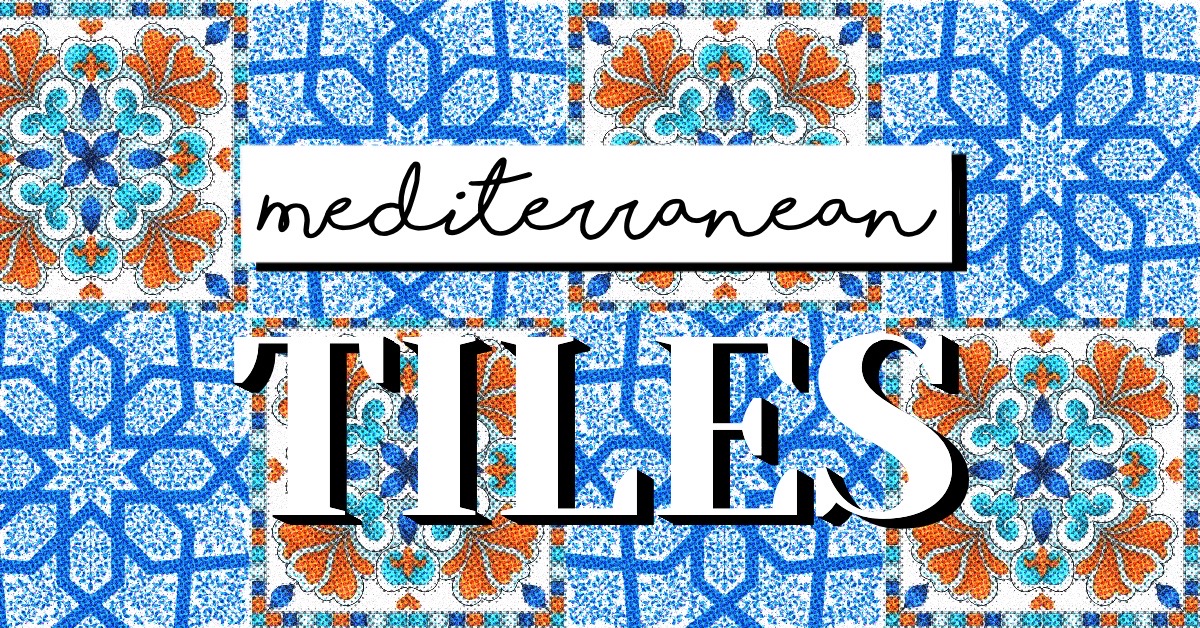




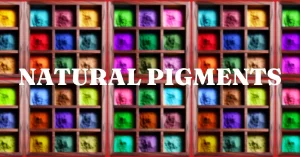
0 Comments